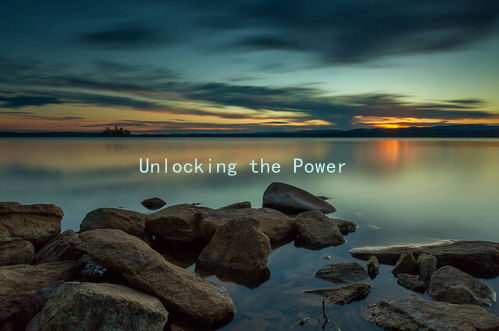Unlocking the Power of Emotional Self-Expression in Dating
In the modern dating landscape, the ability to express oneself emotionally is a crucial skill that can significantly enhance connections between partners. Emotional self-expression is not merely about stating feelings; its about communicating with authenticity, vulnerability, and openness. Mastering this art can lead to deeper relationships, improved understanding, and a stronger bond.
Understanding Emotional Self-Expression
At its core, emotional self-expression involves conveying your feelings and thoughts in a clear and honest manner. It allows individuals to articulate their needs and desires while encouraging the same openness from their partners. This exchange fosters intimacy and builds trust—two essential elements of any successful relationship.
The Importance of Vulnerability
Vulnerability is often seen as a weakness, yet it is one of the most powerful tools in emotional expression. When you allow yourself to be vulnerable—sharing your fears, insecurities, and hopes—you invite your partner to do the same. This exchange creates a safe space for honest conversations and promotes a deeper understanding of each others emotional landscapes.
Tips for Practicing Emotional Self-Expression
1. Start with Yourself: Before you can express your emotions, its vital to understand them. Spend time reflecting on how you feel and why. Journaling can be a helpful tool to articulate your thoughts and emotions.
2. Use I Statements: When communicating your feelings, use statements that start with I. For example, say I feel anxious when… instead of You make me anxious. This technique reduces defensiveness from your partner and focuses on your emotions rather than blaming them.
3. Be Specific and Clear: General statements can lead to misunderstandings. Instead of vague assertions like Im not happy, try to pinpoint specific instances or feelings. For example, I felt neglected when we didnt spend time together last weekend.
4. Practice Active Listening: Effective emotional expression is a two-way street. Encourage your partner to share their feelings by actively listening. Show empathy and validation for their emotions, which will foster a greater sense of connection.

5. Set the Right Environment: Choose a comfortable, private setting for deeper conversations. This can help both partners feel safe and open to sharing vulnerable thoughts and feelings.
6. Use Non-Verbal Communication: Body language, tone of voice, and facial expressions play a significant role in emotional communication. Ensure that your non-verbal cues match your verbal messages to create a cohesive expression of your feelings.
Building Skills Over Time
Like any other skill, emotional self-expression takes practice. Take small steps daily to share your feelings with your partner. A simple “I really appreciated what you did today” or “I was feeling overwhelmed” can initiate a deeper dialogue and pave the way for more complex conversations in the future.
Encouraging Emotional Expression in Others
Encouraging your partner to express their emotions can also enhance your relationship. Ask open-ended questions that prompt discussion, such as “What’s been on your mind lately?” or “How did that make you feel?” Show genuine interest in their responses and create space for them to share freely.
Navigating Challenges
Emotional self-expression may come with challenges. Some individuals may find it difficult due to past experiences or fear of vulnerability. If your partner struggles, be patient and supportive, and recognize that everyone has their own pace in opening up.
In conclusion, mastering emotional self-expression in dating can transform connections and deepen relationships. By being honest and open about your feelings, you create a foundation of trust and intimacy that can withstand the ups and downs of romantic life. Embrace vulnerability, encourage dialogue, and watch as your connections flourish in the most meaningful ways.





